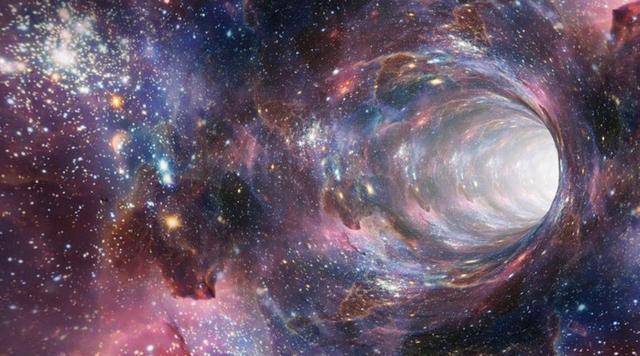
01
people’s knowledge of the universe
1. Matter in the Universe
As we all know, the universe originated from the big bang. When the universe expands, only hydrogen, helium, and lithium undergo nuclear reactions, and matter and temperature drop dramatically. Hundreds of millions of years later, the universe began to form superstars, whose internal extreme environments provided the conditions for further nuclear reactions, producing elements much heavier than lithium.
Star is the interstellar medium, and its evolution process is closely related to the initial mass of the star. When the star finally enters the death phase, the core reaction products are thrown into the interstellar medium, where new stars are constantly being created. Its internal temperature cannot meet the ignition conditions for nuclear reactions, so thermonuclear reactions cannot be carried out. The name is brown dwarf. Brown dwarfs cannot do thermonuclear reactions, so new elements cannot be produced, so brown dwarfs have a good sealing effect.
2. The formation and evolution of stars
A nebula is an interstellar medium composed of the gravitational collapse of the nebula and a large amount of interstellar matter. When the temperature is lowered, the air pressure generated by thermal motion between particles is much smaller than gravity, and the air pressure between particles is almost negligible. At this point, the nebula’s particles collapse in free fall. At high temperatures, the air pressure between particles cannot be ignored, and the gravitational force between the two particles may be less than the air pressure. At this point, the air pressure in the nebula will prevent gravity from collapsing. So, in order to generate gravity, the nebula itself must have a greater gravity than the gas.
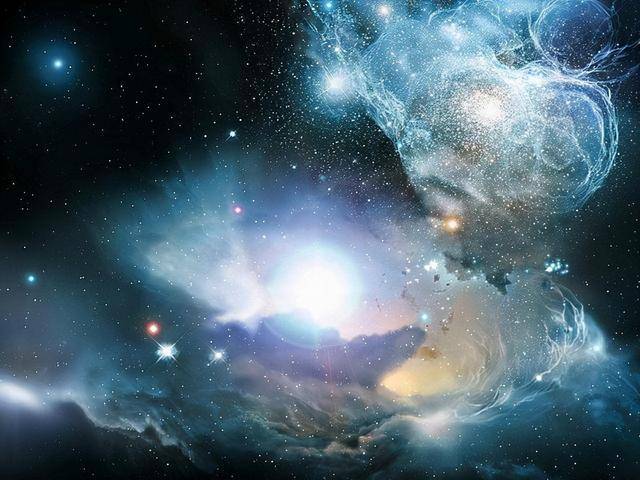
In a nebula, a star that has just undergone the process of collapse is called a primordial star. The protostar main sequence on the right. In the case of the protostar, the nuclear reaction has not yet caught fire, and the nuclear reaction process has not yet begun. The radiant energy of the protostar comes mainly from the gravitational force released by the gravitational collapse. At this time, there will be fluid static equilibrium inside the protostar, and the heat inside the protostar is mainly transferred to the surface of the protostar in a one-to-one manner. This stage is called the Lin Chushiro stage. This type of star descends vertically along the Heriturian, and finally breaks away from the Lin Chushiro line and enters the main sequence stage.
This star becomes the primary star sequence. When this star first entered the main sequence, it was called a zero-age main sequence star. In the main sequence stage, the radiation energy of the star is mainly converted from hydrogen to helium, which is the main sign of the star entering the main sequence stage. When the hydrogen outside the helium is continuously burned, the helium makes the helium core burn to a critical value, marked by the central helium burning, and enters the red giant stage. After the helium flashes, the electrons in the helium core are no longer simplified, the center of the star enters the stage of stable helium combustion, and the outer hydrogen continues to burn, which is called the horizontal branch.
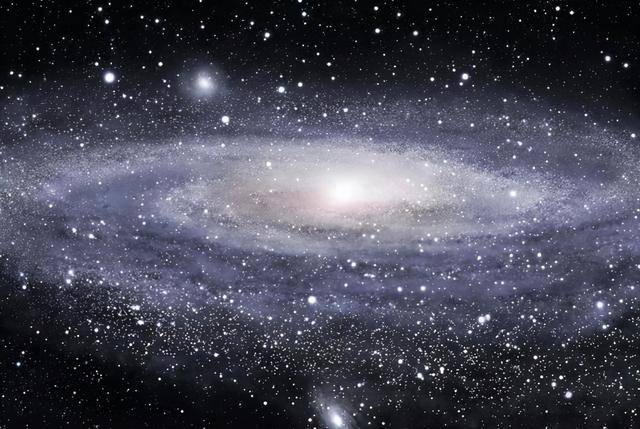
02
The study of elements in the universe
We study the elements and find some. In 1869, Mendeleev made a design based on the periodic table of elements discovered at the time. In 1889, Clark systematically analyzed the abundance of elements in the crust. On Earth, we can find many elements, study the properties of the elements, but not their origin. The various elements on the ground are caused by twinkling stars in the universe.
In 1957, Berbitches, Fowler and Hall put forward the hypothesis of nucleation inside stars. It is assumed that the fast neutron capture process (r-process) and the slow neutron capture process (s-process) are regarded as slow neutron capture processes because the time for nuclei to capture neutrons is larger than for beta decay. The distribution of solar elements depends on the composition of meteorites and elements on the surface of the sun.
A large number of studies have been carried out on the neutron slow capture process, which is divided into weak components (weak components), main components (main components) and strong components. A comprehensive view of the distribution of slow elements captured by neutrons. The low-mass AGB produced by the AGB star in the metal-poor stage causes the AGB star to produce a low-mass AGB when capturing neutrons, causing the AGB star to typically produce large amounts of lead.
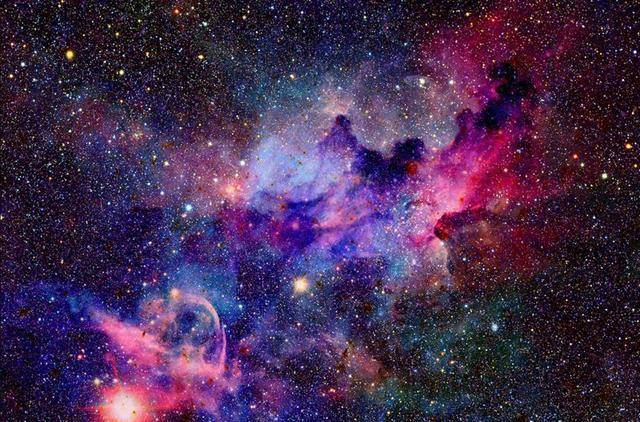
The study of fast neutron capture processes is significantly better than slow neutron capture. Perhaps because fast neutron capture usually requires high concentrations of neutrons, all environments that satisfy this condition are violent activities such as explosions. The necessary conditions for capturing superneutrons are supernova explosions, binary neutron stars, neutron stars and black holes combined. From a human time scale, cosmic events are less likely, making observable data harder to come by. The parameter information such as temperature and neutron radiation required for capturing fast neutrons is covered layer by layer.
03
force in the universe
As we all know, there are four basic forces in nature, in order of relative strength: strength > electromagnetic force > weak force > gravitation > electromagnetic force, in which the action range (force range) of electromagnetic force and gravitational force is infinite, mainly reflected in macroscopic phenomena; But the strength range is short, less than 10-15m. Knowing the four fundamental forces that exist in nature, let’s take a look at how gravity is created.
Gravity binds everything in the universe. A classmate may ask: The degree of electromagnetism is infinite! Why is there no electromagnetic force? The reason is very simple: Electromagnetic interaction, attractive and repulsive, cannot satisfy the characteristics of mutual attraction between all objects; and the positive and negative charges of celestial bodies are basically the same, so the charges of the objects are very small and far apart. According to Coulomb’s law, the electromagnetic force between them is weak enough to control the motion of celestial bodies.
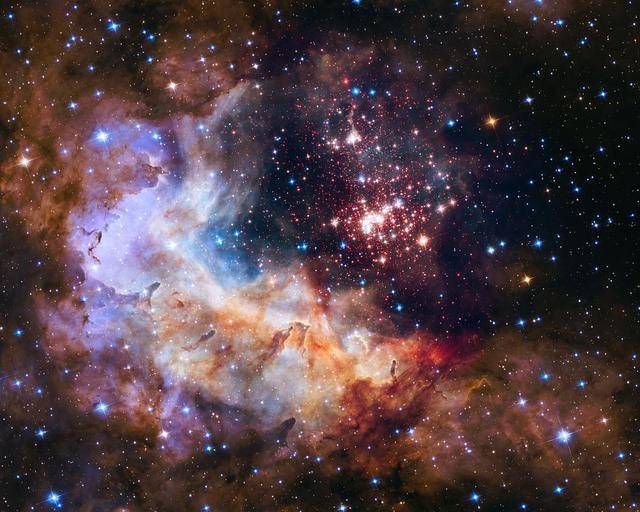
Gravity, although the weakest force, can only attract each other, resulting in less accumulation of gravity, which is why the weakest force can control the motion of huge celestial bodies. This cumulative effect is thought to be a breaking force where the gravitational pull between the Earth and the sun is greater than the diameter of the Earth. This cumulative effect is very obvious.
There are gas clouds in space. Due to their gravitational attraction, the local gas density increases and a spherical air mass is gradually formed. The entire air mass shrinks sharply under the action of its own gravity, the air pressure rises, and the temperature rises. That is, the temperature and pressure gradients are formed from the inside out: the lower the temperature, the lower the pressure. The external pressure differential can resist gravity, thereby preventing the gas from contracting.
When the temperature of the center of the gas mass (star core) is high enough to cause a hydrogen thermonuclear reaction, the hydrogen nuclei form helium nuclei through nuclear fusion, and at the same time release a lot of energy to ensure that the gas mass radiates energy to the low temperature region, and the pressure difference inside and outside the gas ball is enough to resist gravity . Stable stars formed at this time.
Since stars need to fuse to defy gravity, hydrogen is clearly useful now. Some people predict that the hydrogen in the sun will fuse the sun for 5 billion years, so we are safer now. Five billion years from now? Hydrogen is basically concentrated in helium in the solar center. At this point, the temperature at the center of the sun is not high enough for helium to fuse. There are fewer stars with no energy supply due to radiating energy outward.
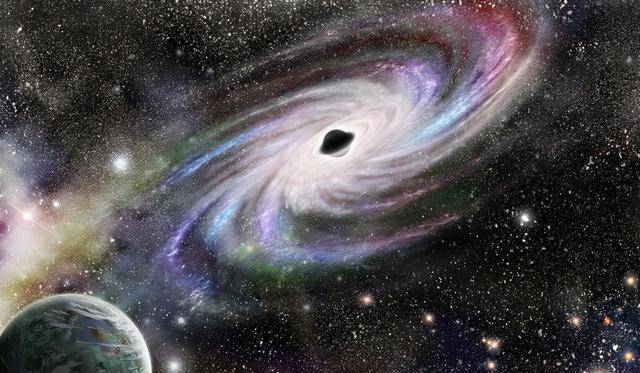
The pressure difference created by the radiation is not strong enough to resist gravity, so the contraction continues. This shrinkage increases the core temperature. In this process, the remaining hydrogen gas in the outer layer undergoes a fusion reaction, breaks through the gravitational limitation of the outer layer, rapidly expands and cools, and the surface temperature decreases and turns red, which is called a red giant star.

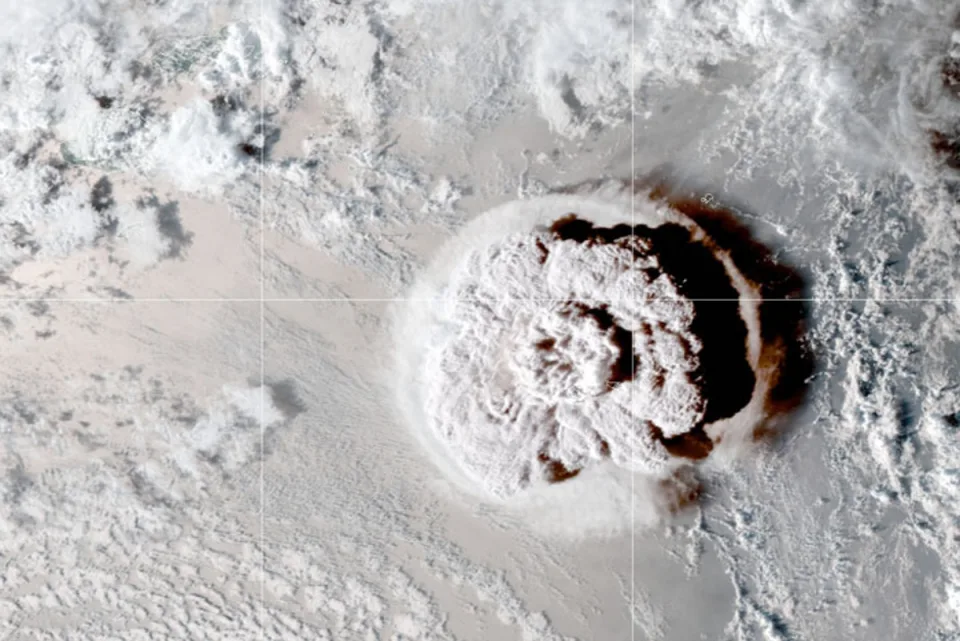

GIPHY App Key not set. Please check settings